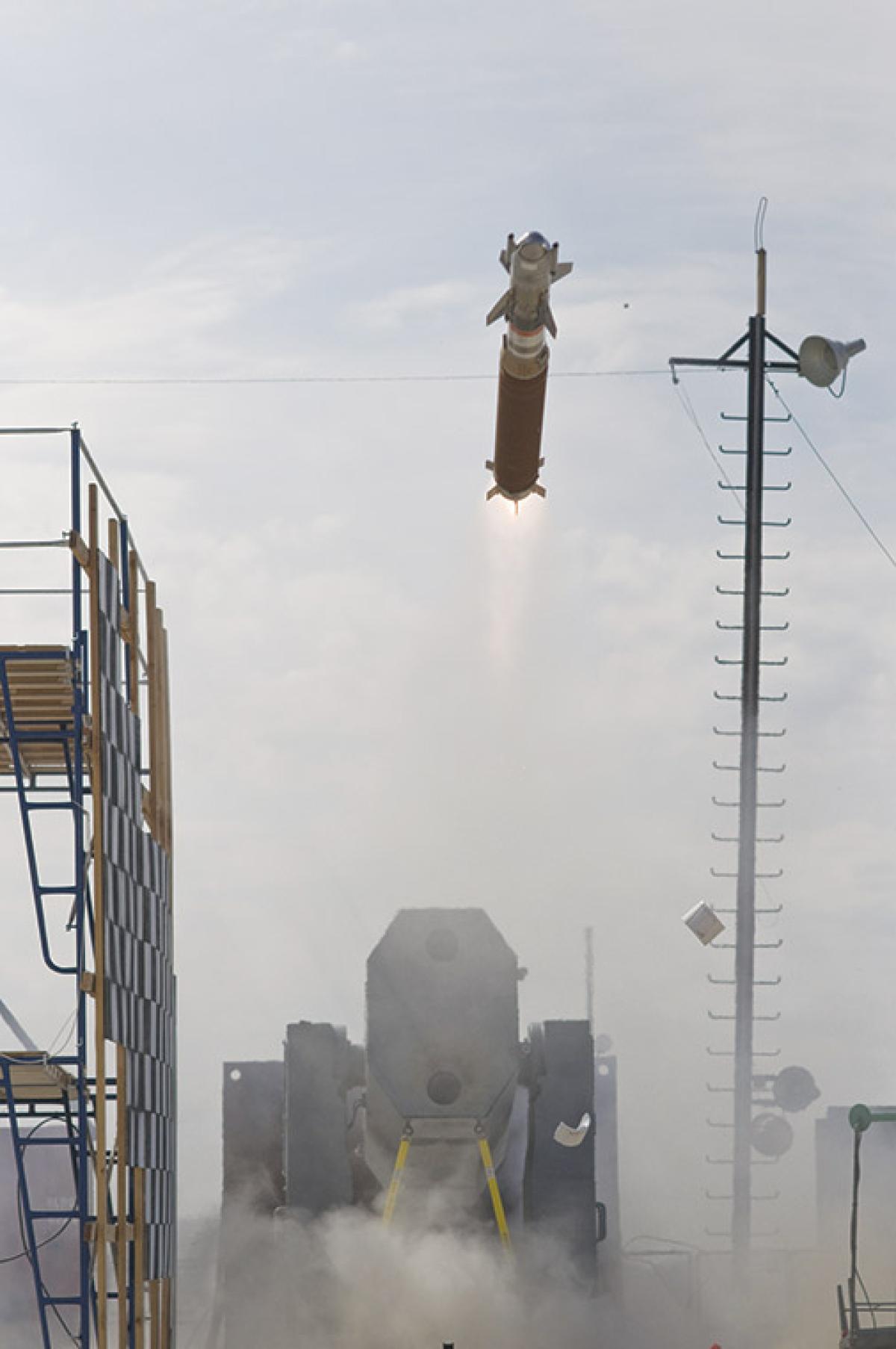The U.S. Navy has begun taking deliveries of RAM Block II, the newest variant of Raytheon’s ship-launched rolling-airframe missile (RAM). This enhanced point-defense surface-to-air missile provides a 50-percent increase in effective intercept range combined with new guidance and maneuvering capabilities to counter more advanced weapons including antiship missiles using low probability of intercept radar. Heavier and with a larger rocket motor than the current Block I variant of the RAM, Block II missiles are also fitted with four versus two canards to provide improved kinematics. Initially developed jointly by the United States and Germany, the weapon has been in service with the two countries since the early 1990s and is also operated by Egypt, Greece, Japan, the Republic of Korea, Turkey, and the United Arab Emirates. Block 1A and newer RAM variants are able engage antiship cruise missiles, helicopters, aircraft, and surface craft.
On 20 September Indonesia took delivery of its third and final F-2000–class guided-missile corvette, also known as the Bung Tomo class. These vessels were originally ordered by Brunei in the late 1990s and built by BAE Systems of Scotland. When the government of Brunei refused delivery of the warships, reportedly because they were too complex for the small navy to operate, the vessels were eventually sold to Indonesia. The first two ships are named the Bung Tomo (formerly the Jerambak) and John Lie (pictured here, formerly the Nakhoda Ragam) but naming of the third ship as the Usman Harun (formerly the Bendahara Sakam) has sparked much controversy because her name honors two former commandoes who were convicted and executed in the 1960s for a politically motivated bombing in Singapore. The 1,500-ton, 312-foot ships can travel at speeds in excess of 30 knots and will likely be fitted with Exocet antiship missiles, a Sea Wolf or Mica vertical-launch surface-to-air missile system and a 76-mm gun.
This past summer Peru announced acquisition of the Dutch replenishment ship Amsterdam with delivery planned for December. The 17,000-ton 544-foot Amsterdam has four dual-purpose replenishment stations and two solid-stores stations on each side, plus a vertical replenishment station forward and an on-board repair shop. Capable of carrying more than 10,000 tons of cargo including some 6,700 tons of ship fuel, 1,660 tons of aviation fuel, 179 tons of freshwater, 181 tons of ammunition, 83 tons of provisions, and 9 tons of spare parts, the ship can also operate three small or two medium-sized helicopters along with an aviation complement of 24 personnel. Total crew for the ship is roughly 160 personnel, and berthing is available for an additional 70. Launched in 1993 and commissioned in 1995, the Amsterdam is being replaced in Dutch service by the much larger 28,500-ton joint-support ship Karel Doorman.
Mr. Wertheim, a defense consultant in the Washington, D.C., area, is the author of the new 16th edition of The Naval Institute Guide to Combat Fleets of the World, available from the Naval Institute Press (see www.usni.org).




